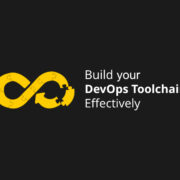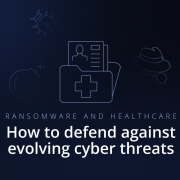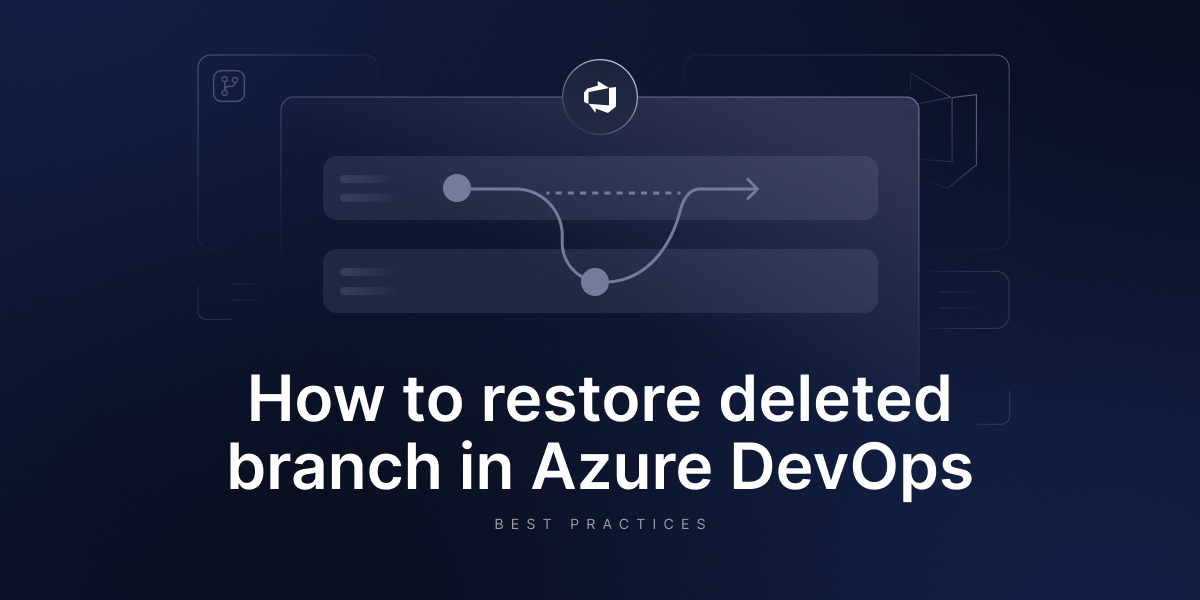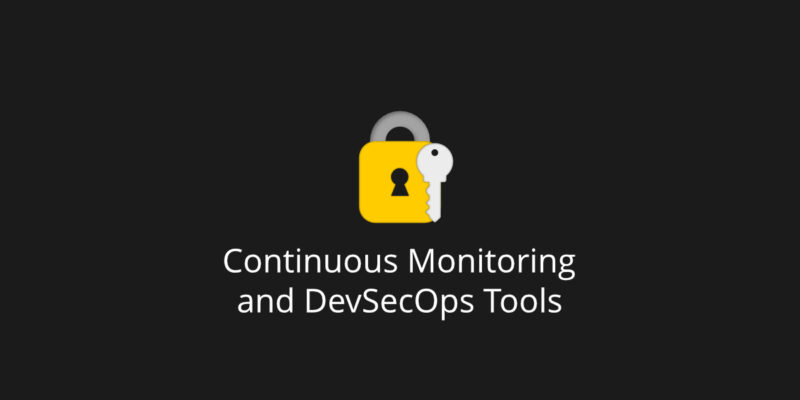
The Most Popular DevSecOps And Continuous Monitoring Tools For Building An Effective Security Strategy
It’s easy to get lost in the plethora of continuous DevOps monitoring and DevSecOps tools available in the IT world nowadays. With the help of such continuous DevOps monitoring tools, CTOs and CISOs can leverage the security of their software development and ensure that their source code has no mistakes or vulnerabilities; what is more, it will never be lost.
In this blog post, we will guide you through the most popular tools DevOps and DevSecOps teams use to protect and ensure that the product they build is reliable and secure. If you want to know how to ensure your DevOps toolchain meets your organization’s policy and compliance requirements, take a look at our previous blog post – How to build your DevOps Toolchain effectively.
So, here we go… let’s start the list of the most popular continuous monitoring and DevSecOps tools.
Why do we need continuous monitoring in DevOps?
When it comes to DevSecOps or security tools, it’s clear that they are aimed at empowering teams in security improvement. There are a lot of threats that DevOps can face these days – cyber attacks, outages, ransomware attacks, etc.
According to 2024 DevOps Threats Unwrapped, developers faced a great number of malware and ransomware in GitHub, GitLab, and Atlassian. Among the top 10 malware trends, there were BeaverTail, OtterCookie, Golssue, NjRat, etc.
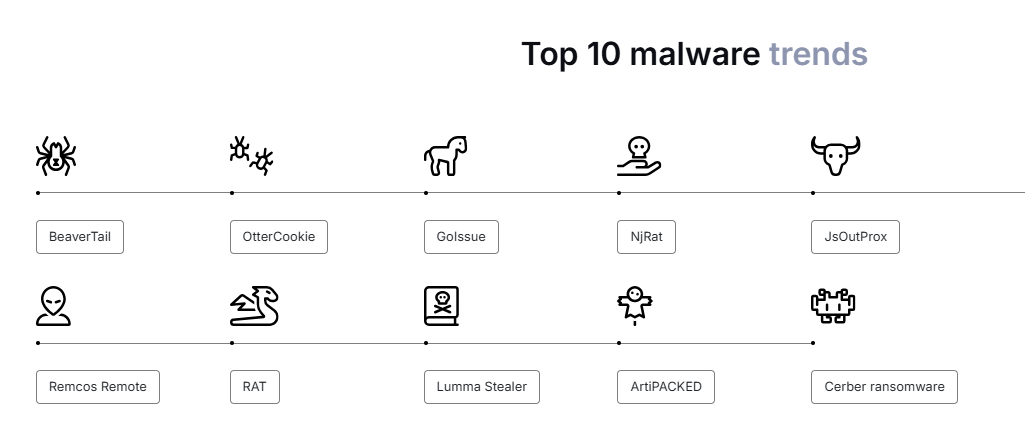
If we speak about continuous monitoring, we shouldn’t forget that it is one of the most critical components of DevOps. It helps teams to identify and resolve issues faster, improve collaboration, and make data-driven decisions. Among such tools, there can be ones related to:
- network monitoring,
- infrastructure monitoring,
- continuous control monitoring
- application monitoring,
- digital experience monitoring,
- etc.
Of course, this list can be extended according to the needs of the business, taking into account the organization’s requirements and its software development lifecycle. By continuously tracking and analyzing data, teams can proactively address potential issues before they escalate. Thus, they will be able to ensure a smoother and more secure workflow.
Top benefits of continuous monitoring
Well, it’s high time to look at the benefits of continuous monitoring offers. Among them, there are:
- improved performance tracking, as continuous monitoring allows IT teams to vigilantly and continuously monitor the performance of applications and their infrastructure,
- security and compliance, as DevOps monitoring includes monitoring of security metrics and verifying adherence to industry standards,
- proactive vulnerability and anomaly detection, as DevOps teams can identify vulns earlier in the DevOps lifecycle by tracking important metrics and logs, which, in turn, help them prevent these vulns from affecting end users.
- improved collaboration, as continuous monitoring encourages collaboration between development and operations teams,
- continuous improvement,
- fast troubleshooting, as thorough monitoring permits rapidly identify issues and react fast.
Continuous Monitoring and DevSecOps tools
Well, let’s look at the tools that DevOps teams can benefit from:
GitProtect.io
Source code is the main asset every company has, and GitProtect.io’s aim is to take care of it. The software has been mentioned in Gartner’s 2023 “How to Select DevSecOps Tools for Secure Software Delivery” report as a top DevOps Pipeline Backup and Recovery solution.
GitProtect.io is a leading DevOps backup platform for GitLab, Bitbucket, GitHub repositories and metadata, Jira Software, and Jira Service Management. This complete data protection solution provides automated backups, true restore and Disaster Recovery, and ransomware protection, thus, ensuring that the security team and developers can always access and recover their data even in the worst scenario.

Take a look at some of the GitProtect.io’s features:
- The backup software enables automatic backups with full data coverage.
- The solution permits retaining backup copies for up to forever to meet security, compliance, and policy requirements.
- GitProtect.io makes DevOps backups ransomware-proof by keeping data non-executable in the storage and encrypting all the data in-flight and at rest with the user’s own encryption key.
- It has numerous Disaster Recovery capabilities – granular and point-in-time restore to any destination, recovery to the old or new accounts, crossover recovery, etc., – which ensures DevOps data accessibility and availability in any event of failure.
Aqua Security
As the leading Cloud Native Application Platform (CNPP), the Aqua Platform permits developers to prevent, detect, and respond to processes throughout the entire application lifecycle for cloud infrastructure protection.

Among the features that Aqua Security offers, we can enlist:
- The solution provides software supply chain security and protects the source code, tools, and development processes.
- It allows you to perform automated DevOps scanning for build artifacts.
- Aqua Security offers malware protection that stops stealthy malware from code to cloud.
Codacy
Being an automated code review tool, Codacy assists developers in shipping better software on 40+ programming languages faster. The solution enables automatic analysis, code coverage tracking, and in-depth reporting so that the DevOps teams can constantly improve their source code quality.

Over 250K+ developers use Codacy in their daily work, so let’s look at its key features:
- The solution improves the DevOps team’s velocity by getting 1-click commit recommendations and inline annotations for pull requests when they are created.
- Codacy can be integrated into the workflow, so developers can get notified by pull requests, comments, or on Slack.
- It provides high-security standards to prevent critical issues from affecting the product you have.
Checkmarx
Named a leader in the 2023 Gartner® Magic Quadrant™ for Application security testing for the 6th year in a row, Checkmarx is an application security provider that helps companies reduce the risk across all components of modern software, including open source and proprietary code, APIs, and infrastructure as a code.

Why do companies choose Checkmarx? Let’s take a look at its key features:
- The solution allows its users to receive in-time learning about vulnerabilities they are working on in the IDE.
- It helps bring security into the workflow by automatically logging vulnerabilities as bug tickets in the feedback tools you use.
- Checkmarx enables manual or automated triggering scans during check-in code without leaving IDE you work on.
Threat Modeler
By recognizing, anticipating, and characterizing risks, ThreatModeler, an automated thread modeling solution, allows the strengthening of an enterprise’s SDLC and enables security and DevOps teams to take preventative security measures. With the help of ThreatModeler, businesses may reduce their total risk by getting a comprehensive perspective of the complete attack surface.

Among Threat Modeler’s capabilities, it’s worth distinguishing:
- The platform allows to automatically, visually, and continuously detect design flaws.
- With the solution, you can work both in the cloud, and IoT, and throughout DevOps.
- The tool’s Threat Research Center permits to keep threat intelligence up-to-date as it constantly monitors for emerging threats, best practices, and compliance.
DataDog
Being a SaaS-based full-stack monitoring and analytics platform for monitoring infrastructure and applications, Data Dog assists DevOps teams to see any stack, app, anywhere, at any scale.
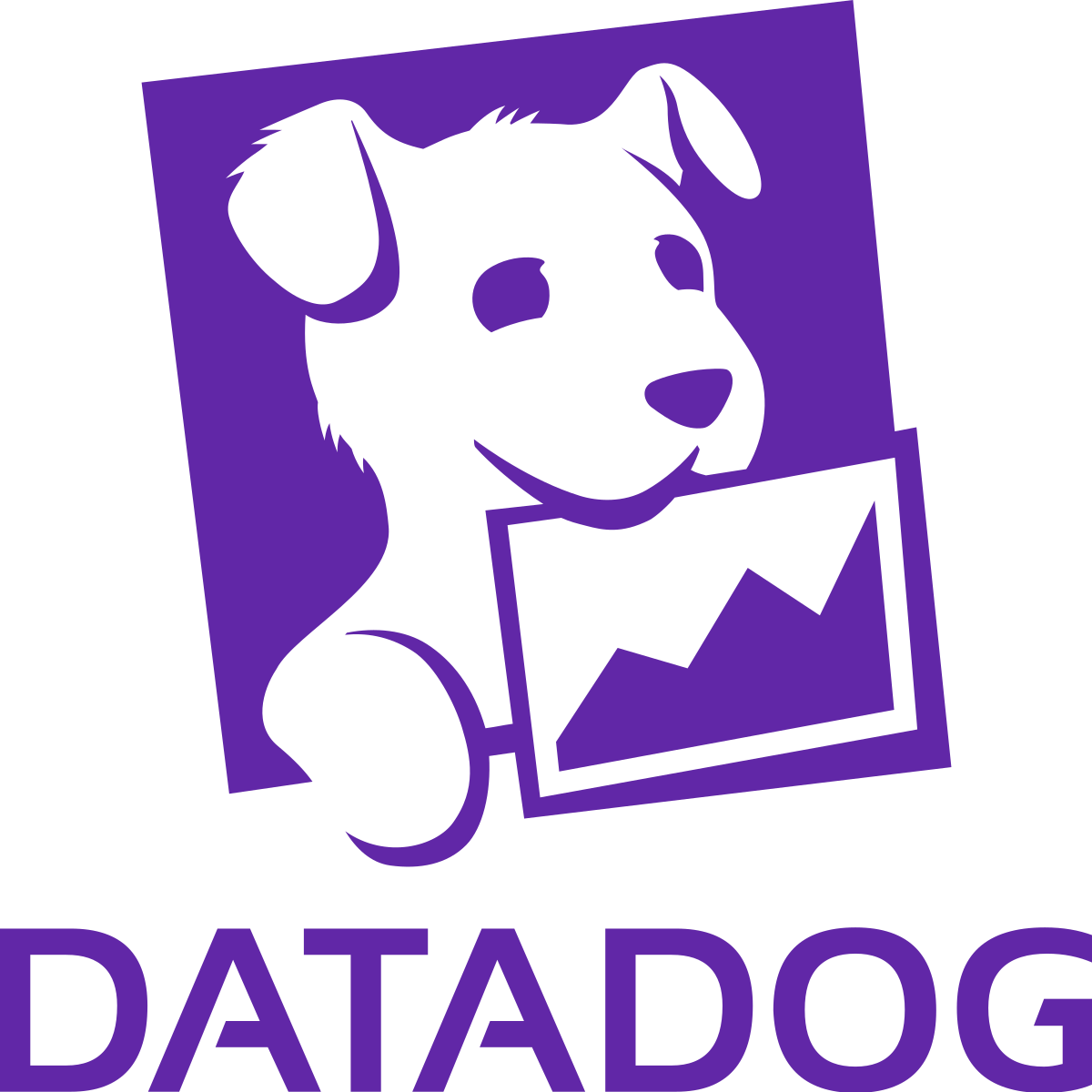
Among the key features Datadog may boast of, we should mention:
- This unified monitoring solution allows you to reduce compounding investment, licensing, and maintenance costs.
- The solution gives better visibility and control over management and data ingestion.
- Datadog’s Watchdog function permits automated detection of anomalies and errors.
- The app accelerates time to market.
HoneyComb
Giving developers full feedback on users’ experience with code in complex and unpredictable environments, HoneyComb can show off by being named a leader in the 2022 Gartner Magic Quadrant for APM and Observability.
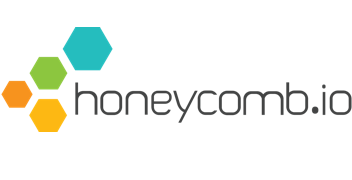
So, let’s look at the features the solution offers:
- HoneyComb provides fast fault localization for different kinds of app architecture.
- It helps to perform and execute seamless migrations.
- The app helps to perform smoke tests to gain confidence in the code.
- The solution provides fast feedback on real-world performance and service reliability.
Epsagon
Designed to increase the effectiveness of Dev and Ops teams, Epsagon permits the monitoring and troubleshooting of issues in microservice environments by correlating data, identifying problems, and finding root causes.

What features has it got? Let’s see:
- It’s easy to monitor cloud services, serverless functions, and container orchestrators in Kubernetes and AWS ECS with the app.
- The solution provides visibility into service dependencies and displays the state of your architecture.
- A complete distributed trace, including payloads sent along the route, is automatically captured by the app.
- To keep the users updated, Epsagon correlates metrics and logs.
Nagios
PPositioning itself as an open-source computer software application, Nagios helps organizations to monitor systems, networks, and infrastructure. With its monitoring and alerting services, it notifies users when something goes wrong and when the problem is resolved.

Among the key features, there are:
- Possibility to monitor the entire IT infrastructure, analyze the organization’s bandwidth, and sort log data fast.
- The solution provides IT infrastructure monitoring, NetFlow, and data collection analysis so the teams can make their decisions faster.
Prometheus
Being 100% open source and community-driven, Prometheus helps organizations with event monitoring and alerting.

The main features of Prometheus include:
- The solution has a multidimensional data model and uses time-series data identified by metric names and key-value pairs.
- It provides pushing-time series data, which is accessible through the use of an intermediary gateway.
- As all single server nodes maintain their autonomy, Prometheus doesn’t have a reliance on distributed storage.
- The app provides different types of dashboards and graphs.
- The solution allows monitoring a variety of infrastructure and app metrics, including service and host metrics, cronjobs, and website uptime and up status.
Takeaway
Isn’t it better to prevent the catastrophe than to deal with the consequences? To answer to this question, we can use Stephen King’s well-known quote: “There’s no harm in hoping for the best as long as you’re prepared for the worst.”
Continuous monitoring, Security and DevsecOps tools permit you and your team to detect and address issues, security threats, and incidents in real time. What’s more, shift-left and backup solutions integrated into your DevSecOps processes can assist in secure software delivery. Thus, you and your team have peace of mind and can ensure that you can access your main asset, your source code, anytime and even in the worst threat scenario.
[FREE TRIAL] Ensure compliant DevOps backup and recovery with a 14-day trial 🚀
[CUSTOM DEMO] Let’s talk about how backup & DR software for DevOps can help you mitigate the risks
The article was originally published on June 19, 2023



